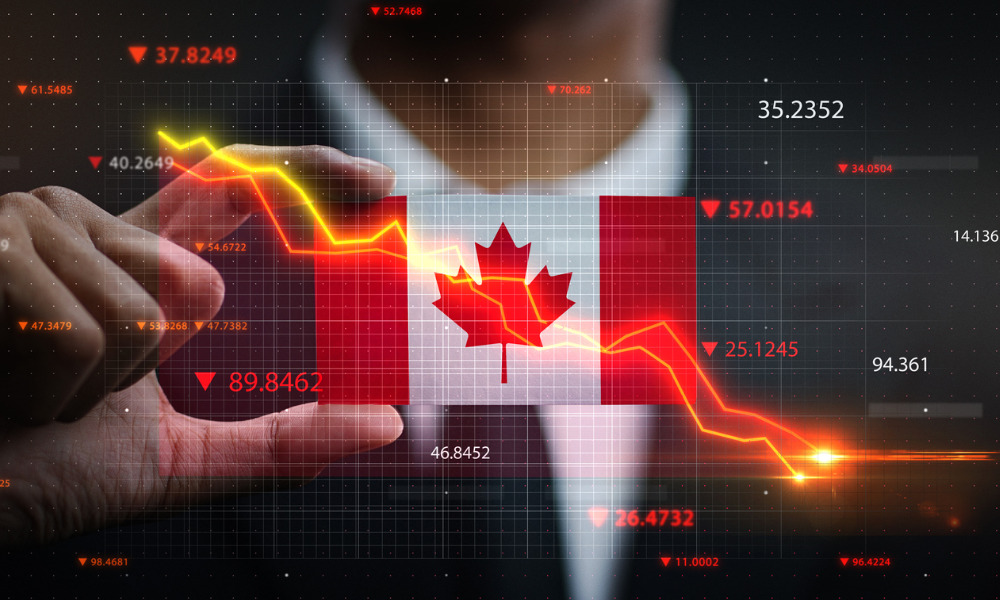Discretionary spending is "well below" pre-pandemic trends, says Andrew Grantham of CIBC Capital Markets

The recent sluggishness in Canadian economic activity doesn’t just indicate the impact of inflation, but also a “greater prudence” among households when it comes to saving, according to Andrew Grantham of CIBC Capital Markets.
“Canadian households have been spending more to buy less,” Grantham said in a recent analysis. “On a per capita basis, nominal spending has been above its pre-pandemic trend, with consumers having to pay higher prices for essentials such as food. However, that has left less money for discretionary purchases, and in volume terms per-capita spending is well below its pre-pandemic trend and falling.”
This has pushed the savings rate from approximately 0.6% of income in 2018 to around 5% recently, with this gain likely to be responsible for a significant part of the weakness in per-capita spending, Grantham said.
“A breakdown of exactly who is saving more also provides some potentially good news in terms of future financial stability,” he noted. “Comparing against a pre-pandemic average, we find that it is younger Canadians in the 35 and under or 35-45 age groups who are spending less of their income… The youngest age group has also seen a sharp drop in their debt levels as a proportion of income.”
In December, Canada's labor market stagnated, missing the expected gain of 15,000 positions, while wage increases for permanent employees surged to 5.7% over the prior year, exceeding expectations.https://t.co/WFjp2y6b7G#businessnews #mortgageindustry #interestrates #economy
— Canadian Mortgage Professional Magazine (@CMPmagazine) January 8, 2024
However, while more savings will always be a good thing, the double whammy of elevated interest rates and sticky inflation readings has led to significantly weaker consumer spending.
“While aggregate consumer spending has risen by nearly 2% in inflation-adjusted terms since the second quarter of 2022, much of this has been driven by the sharp growth in the population that has increased demand for essentials such as food,” Grantham said.
“In per-capita terms, the decline in consumer spending since 2022 is already approaching levels consistent with prior recessions, and further weakness is expected during the first half of this year.”
Complicating the issue is that consumer spending in several of what CIBC considers as “interest rate sensitive areas” has not recovered from pandemic-era declines.
“Judging spending relative to the second quarter of 2022, transportation (including both car purchases and airline fares) and accommodation and food services both appear unusually strong,” Grantham said. “However, relative to the pre-pandemic peak of Q4 2019, both areas are seeing declines in per-capita spending that are broadly in-line with an average of prior recessions.”
This makes the central bank’s task even more urgent, the analyst warned.
“The really ugly story could come next year and beyond if the Bank of Canada does not position interest rates low enough for those households who bought during the pandemic years,” Grantham said. “If interest rates don’t come down far enough, there is still a risk that consumer insolvencies will spike, and the economy falls into a recession.”



